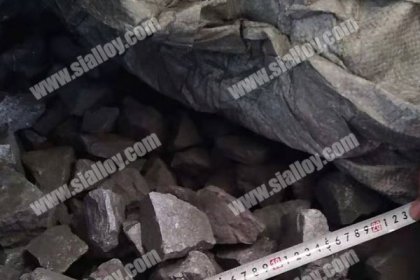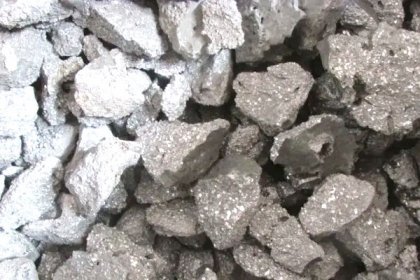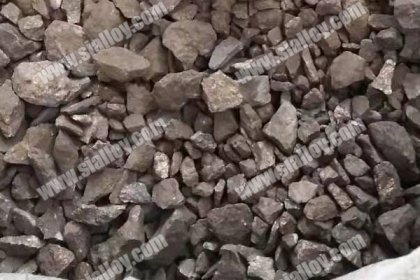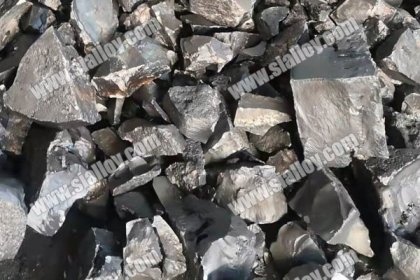steelmaking materials manganese phosphorus and sulphur
Raw materials for steelmaking can be divided into metal materials, auxiliary materials and furnace lining materials. Metal materials mainly refer to molten iron or pig iron, scrap steel and ferroalloys. Auxiliary materials mainly refer to slag-making materials, oxidizers, coolants, Recarburizer and various gases. The lining material mainly refers to various refractory materials, which are generally made of Silicon Carbide.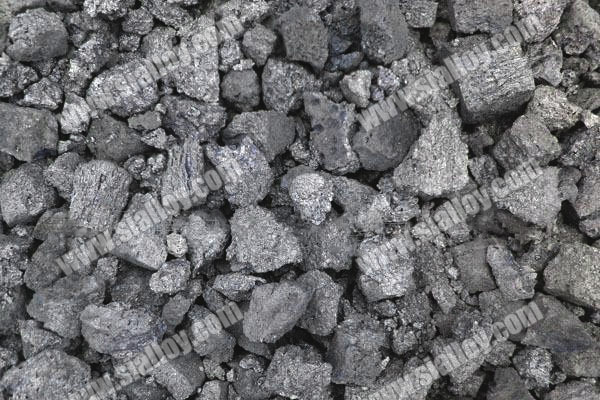
Manganese is a weak heat-generating element. The MnO formed after the oxidation of Mn in the molten iron can effectively promote the dissolution of lime. If the content of Mn in the molten iron is high, it will promote the formation of slag in the early stage, reduce the amount of limestone, increase the life of the furnace lining, and be beneficial to desulfurization and increase the metal recovery rate. And to reduce the FeMn consumption required during alloying. However, if the molten iron is required to have a higher manganese content, the coking of the blast furnace will increase significantly and the productivity will decrease. At present, there are still different opinions on the Mn content of the molten iron used for steelmaking. However, the generally recommended manganese content is between 0.1-0.5%.
P is a strong heat-generating element, which is also a harmful element for general steel grades, and is usually removed during steelmaking. Therefore, it is desirable that the P content in the molten iron is as low as possible. However, P cannot be removed in the blast furnace, so the P content of the molten iron and related raw materials can only be required to be as low as possible. Different steelmaking methods can be used to treat molten iron with different P content. At present, the converter dephosphorization technology has developed rapidly and can meet the requirements of dephosphorization. In addition, when the molten iron contains high P content, desulfurization can be done outside the furnace. When the molten iron contains too low P content, use ferro phosphorus to raise the percentage.
S is also one of the harmful elements to be removed in steelmaking. In the oxidizing atmosphere of steelmaking, the desulfurization rate is generally 30%-50%, and it is difficult to desulfurize during steelmaking. Under the conditions of high carbon and reducing atmosphere in the blast furnace, the removal of S is easier. Therefore, steelmaking puts forward requirements for the molten iron in the blast furnace, and it is hoped that the S content of the molten iron is not higher than 0.04%. In recent years, as the requirements for steel quality have increased, the demand for low-S steel has increased sharply. For molten iron used for blowing low-S steel, S is required to be less than 0.02%. In order to improve the productivity of the converter, the desulfurization process outside the molten iron furnace is also a good choice.
 中文
中文
